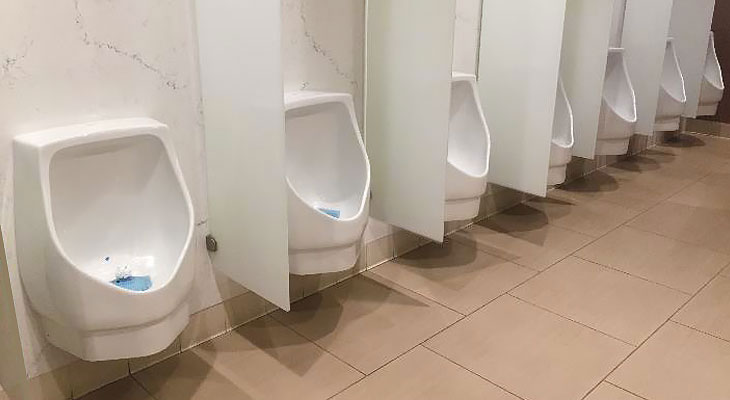
What You Should Know About Waterless Urinals
Simple Design, Less Maintenance
Waterless urinals distinguish themselves through their simplicity. They lack the common components of traditional toilets, like flushing mechanisms, cisterns, or water supply pipes. This minimalist design makes waterless urinals easier to maintain and less prone to performance issues. Despite their simplicity, they do require careful attention to cleanliness. Regular addition of water to the urinal bowl is crucial to wash away built-up waste. This simple act prevents the formation of stains and unpleasant odors that can arise from emulsified urinal trap seals.
Reduced Chance of Pipe Blockage
The straightforward design of waterless urinals also significantly reduces the risk of pipe blockages compared to other types of urinals. A special chemical present in the urinal trap, which is less dense than urine, pushes waste into the trap effectively. This process seals off odors and prevents blockages, ensuring smooth operation and reduced maintenance efforts.
Superior Sustainability and Savings
Waterless urinals offer a more sustainable alternative to traditional restroom options. By eliminating the need for water in flushing, they conserve a significant amount of this precious resource, contributing to environmental preservation. The sustainability aspect of waterless urinals also translates into substantial savings for your business. The decrease in water usage leads to lower utility bills, making waterless urinals a cost-effective solution for commercial spaces.
Zero Chance of Leaks
Traditional urinals often experience leaks, leading to stress and additional costs for building owners and managers. These leaks can cause significant damage and necessitate expensive repairs. Waterless urinals eliminate this issue entirely. Their design, devoid of water supply pipes and flushing mechanisms, means there is zero chance of leaks, offering peace of mind and financial savings. Yet, one crucial thing you should know about waterless urinals is that they are still connected to sewage lines for waste disposal, despite their lack of water supply connection.


